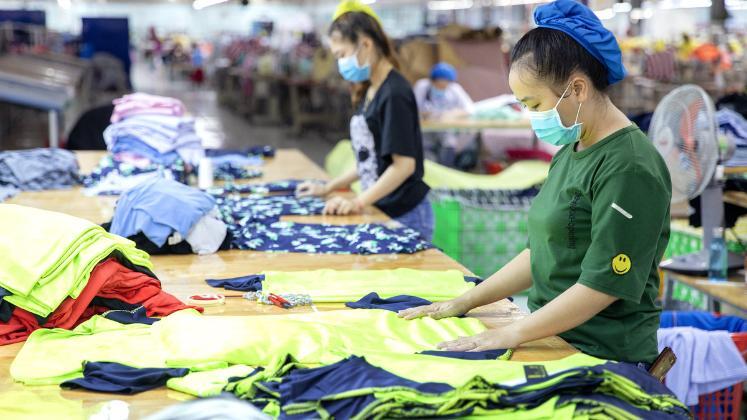Vietnam’s textile and garment industry has struggled to fully capitalise on Free Trade Agreements (FTAs), reports the Ministry of Industry and Trade (MoIT). Despite being a key player in FTA negotiations, the MoIT recognises the industry’s insufficient use of these advantages.
In response, the Ministry is fostering collaborations with various stakeholders, including ministries, localities, and associations, to create a cooperative ecosystem that enables the textile sector to effectively harness FTAs.
The trade deficit in East Asian markets poses a significant challenge, reaching nearly US $ 129 billion in 2022. Notably, trade imbalances with China, South Korea, and ASEAN stood at US $ 60.5 billion, US $ 37.9 billion, and US $ 13.42 billion, respectively.
Moreover, Vietnamese textiles market share in FTA markets has seen minimal growth over the past four years, remaining modest in the EU—4 per cent in the UK, 2 per cent in Canada, and 13 per cent in Mexico.
Vietnamese businesses have fallen behind in embracing development and collaboration. To address these challenges, the Vietnamese Government, guided by the Prime Minister’s Office, is strategically aligning monetary and fiscal policies for economic resilience.
The long-term vision involves establishing an industry ecosystem connecting stakeholders from farmers and manufacturers to exporters, associations, regulatory agencies, consulting firms, logistics, and importers.







